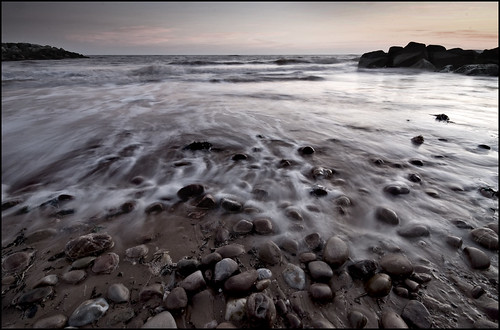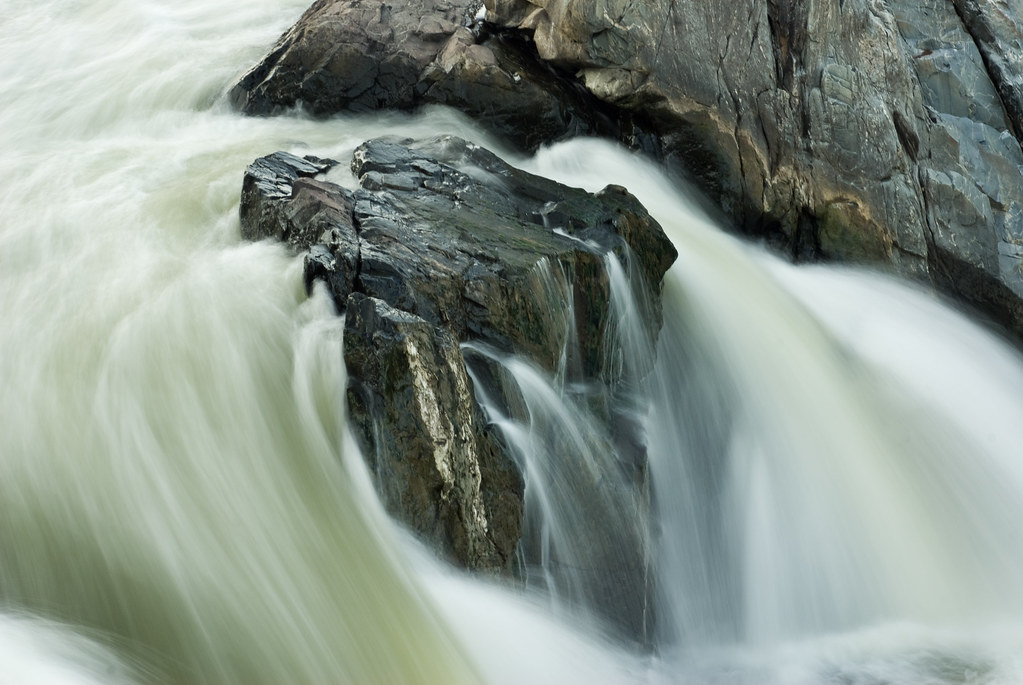 Originally posted by beer_nuts
Originally posted by beer_nuts 
how does one set up the shot to get shots like this?
i know a tripod is needed and an extended exposure time, but everytime i try it i get horrendously over exposed images, most of the time completely white, even when i've turned to exposure meter thing down as far as possible.
If you're getting an overexposed picture, you are doing something very wrong. Not sure what you mean when you say you've turned the "exposure meter thing" down as far as possible, but it seems likely that whatever you did translated into asking the camera to use for a brighter exposure than the default, not asking it to use a slower shutter speed at the default exposure.
So as is usually the case, you need to start with a basic understanding of exposure. This is no different than in any other shooting situation - it's all about the relationship between shutter speed, aperture, and ISO. If you want to increase shutter speed, you need to reduce ISO and/or decrease aperture by a corresponding amount. If you turn down the ISO as low as it goes (and turn off any features that artificially restrict your ability to lower ISO), stop down the lens as far as it goes, and let the camera select an appropriate shutter speed, you should get a correct exposure. Whether the shutter speed will be as slow as you want is another matter, but again, if you're getting an overexposed picture, you're doing something wrong.
Once you correctly set the lowest ISO and smallest aperture and get the camera to choose an appropriate shutter speed, and get a good exposure but still not slow enough shutter speed to get the effect you want, *then* you can worry about filters to cut down on the light.


 Similar Threads
Similar Threads 


























